Understanding Orange Teeth Whitening
Having a bright, white smile can significantly boost your confidence and overall appearance. However, many people struggle with teeth discoloration, and sometimes, this manifests as an orange hue. Understanding the causes of orange teeth and the available whitening options is the first step towards achieving a brighter smile. This guide delves into the intricacies of orange teeth, providing you with the knowledge and tools necessary to address this concern effectively. From identifying the underlying causes to exploring various whitening techniques, we will navigate the path to a more radiant smile together. Remember, achieving optimal results often involves a combination of professional treatments and diligent at-home care. Therefore, it is very important to consider all aspects related to orange teeth whitening.
What Causes Orange Teeth Discoloration?
Orange teeth discoloration can result from several factors, often indicating underlying issues. Recognizing these causes is crucial for effective treatment and prevention. The hue itself can vary from a pale tint to a more prominent orange, depending on the specific cause and severity. It’s essential to understand that orange discoloration isn’t always indicative of poor oral hygiene; sometimes, internal factors or environmental influences play a larger role. By understanding the potential triggers, you can take proactive steps toward addressing the problem and restoring your smile’s natural brilliance. This section is the first step into identifying and tackling the issue.
Dietary Factors and Habits
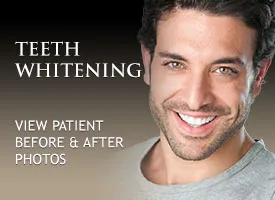
Certain foods and beverages are notorious for staining teeth, leading to discoloration over time. Dark-colored drinks like coffee, tea, and red wine contain chromogens, which can adhere to tooth enamel and cause staining. Foods high in pigments, such as berries, curries, and tomato-based sauces, also contribute to this process. Additionally, tobacco use is a significant factor; both smoking and chewing tobacco introduce substances that stain teeth, often resulting in a yellowish or orange tinge. Therefore, making informed dietary choices and avoiding tobacco products are crucial steps in preventing orange teeth.
Oral Hygiene Practices
Poor oral hygiene significantly contributes to teeth discoloration. Infrequent or improper brushing and flossing allow plaque and bacteria to build up, leading to staining. The accumulation of tartar, a hardened form of plaque, can also appear as a yellow or orange hue. Using an ineffective brushing technique or failing to clean hard-to-reach areas of the mouth further exacerbates the problem. Regular and proper oral hygiene practices, including brushing twice daily and flossing once daily, are paramount to removing surface stains and preventing the buildup of plaque and tartar, thus preventing orange teeth.
Other Potential Causes
Beyond diet and hygiene, other factors can contribute to orange teeth. Certain medications, such as some antibiotics, can cause discoloration, especially during tooth development in children. Excessive fluoride exposure, particularly in childhood, can also lead to fluorosis, which can manifest as white or brown spots on the teeth, sometimes with an orange tinge. Furthermore, genetic factors can play a role in tooth color and susceptibility to staining. The natural shade of your teeth, along with the enamel thickness, can influence how easily they stain. Also, some medical conditions can impact the teeth color. Consulting with a dentist is essential to identify the specific cause of your orange teeth.
Evaluating Orange Teeth Whitening Options
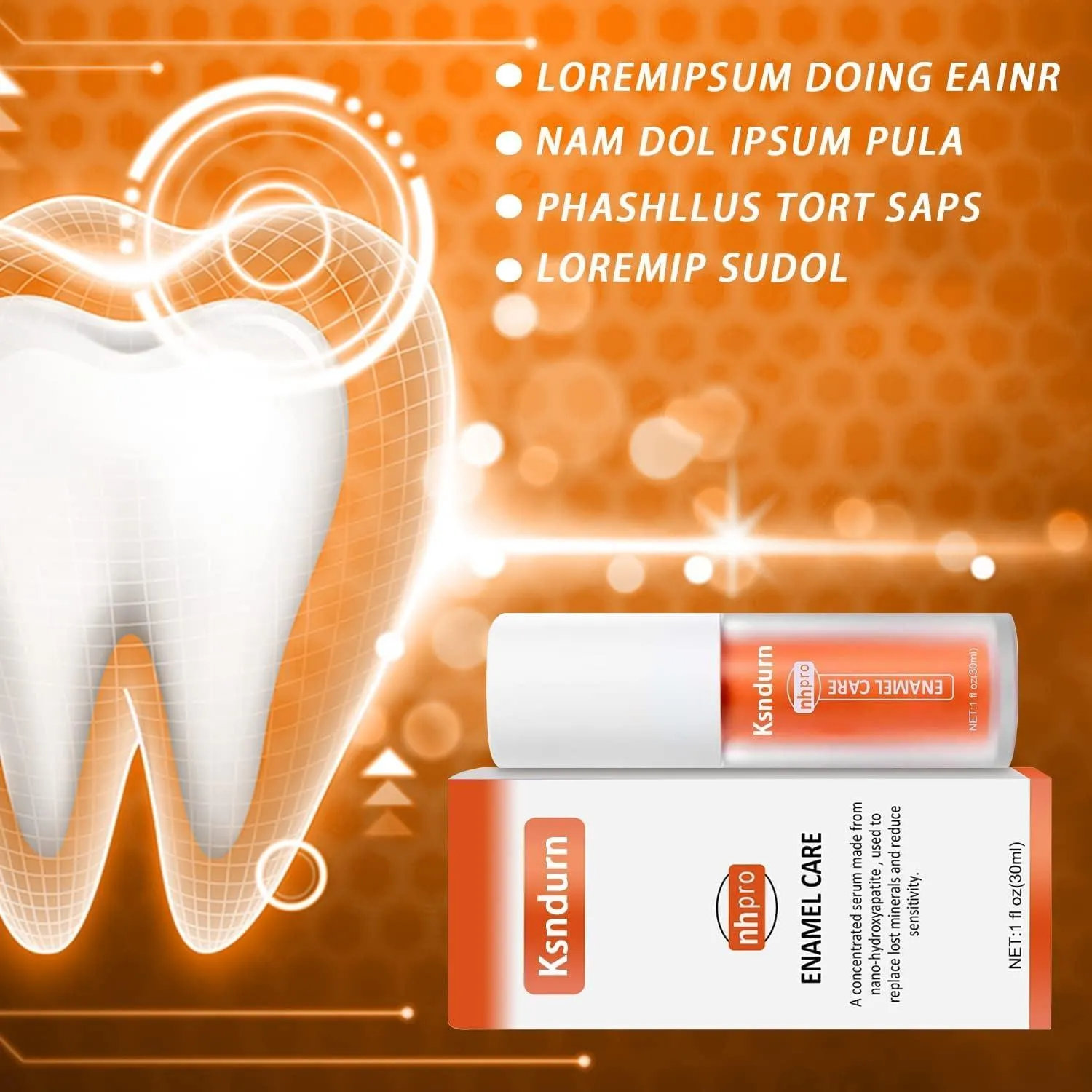
Once you’ve identified the possible causes of your orange teeth, it is time to consider the various whitening options available. Whitening treatments range from simple at-home methods to professional procedures performed by a dentist. The best choice depends on your individual needs, the severity of the staining, and your budget. It’s essential to weigh the pros and cons of each approach, considering factors such as effectiveness, potential side effects, and long-term maintenance. This part of the guide provides a comprehensive overview of the options, helping you to make an informed decision. Remember, consulting with a dental professional is crucial to determine the most suitable treatment plan for your particular situation.
At-Home Whitening Methods
At-home whitening methods offer a convenient and often more affordable way to address teeth discoloration. However, their effectiveness can vary depending on the product and the severity of the staining. Always carefully follow the product instructions. These methods often involve over-the-counter products, such as whitening toothpastes, strips, and trays. While they may provide noticeable improvements, the results are usually less dramatic than those achieved through professional treatments. It’s essential to understand that these methods may not be suitable for all types of staining, and some may cause temporary sensitivity. Always consult with your dentist to determine the safest and most effective at-home approach for you.
Over-the-Counter Products
A variety of over-the-counter products are readily available to help whiten teeth. Whitening toothpastes, containing mild abrasives and chemicals, can help remove surface stains and improve the overall brightness of your teeth. Whitening strips are another popular choice, consisting of thin, flexible strips coated with a bleaching agent that is applied to the teeth for a specified time. Whitening trays, which are custom-fitted or pre-formed, can be used with a bleaching gel. These products often contain lower concentrations of the bleaching agents than professional treatments. Always follow the instructions, as misuse can lead to sensitivity or irritation. Check the product reviews and always consult your dentist if you’re unsure about which product is right for you.
DIY Remedies and Recipes
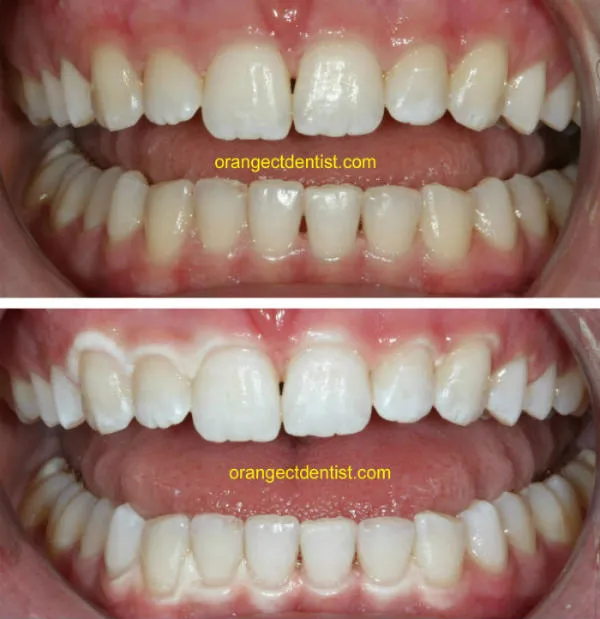
DIY teeth whitening remedies have gained popularity, but it’s important to approach these with caution. Some recipes involve ingredients like baking soda, lemon juice, or activated charcoal. While these ingredients may offer some whitening effect, they can also be abrasive or acidic, potentially damaging enamel. The effectiveness of these methods is often limited, and there is a risk of causing sensitivity or other dental problems. If you choose to try DIY remedies, do so sparingly and always consult your dentist beforehand. They can provide guidance on safe and effective approaches, protecting your teeth’s health.
Professional Teeth Whitening Treatments
Professional teeth whitening treatments, performed by a dentist, offer the most effective and controlled approach to addressing teeth discoloration. These treatments use higher concentrations of bleaching agents than over-the-counter products, resulting in more dramatic and longer-lasting results. Professional treatments are safer because a dentist can assess your oral health and ensure the treatment is appropriate for your specific needs. It is crucial to consider professional teeth whitening and discuss the available options with a dental professional.
In-Office Whitening Procedures
In-office whitening procedures involve applying a strong bleaching agent to the teeth under the supervision of a dentist. The dentist may use a special light or laser to accelerate the whitening process. These treatments are typically completed in a single visit and provide immediate results. The dentist protects your gums and soft tissues during the procedure to minimize any potential irritation. In-office whitening is often the most effective method for removing stubborn stains, including those caused by aging, medications, or other internal factors. Following the procedure, you will receive instructions for maintaining your results.
Professional Whitening Costs
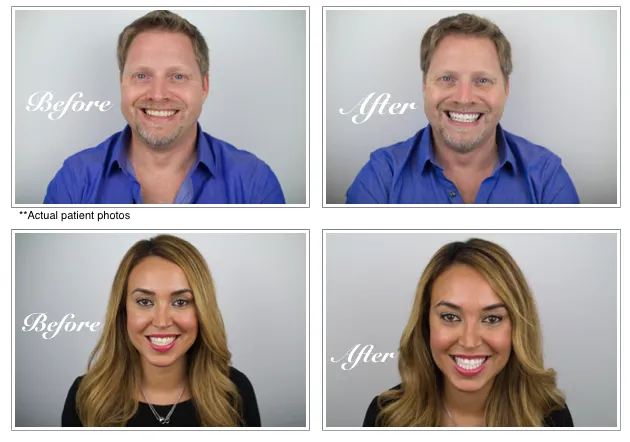
The cost of professional teeth whitening varies depending on the type of treatment, the dentist’s fees, and the geographic location. In-office whitening procedures are generally more expensive than at-home options. Costs can range from a few hundred to over a thousand dollars, which is why consulting with your dentist beforehand is crucial. At-home whitening kits provided by your dentist are typically more affordable, but the prices vary. Consider these factors when choosing your best plan.
Effective Techniques for Orange Teeth Whitening
Achieving effective teeth whitening results requires a combination of appropriate methods and proper techniques. This includes both professional treatments and diligent at-home care. It’s essential to choose whitening methods that are suited to your specific needs and to maintain a consistent oral hygiene routine. Proper techniques, like brushing and flossing, are crucial for removing surface stains and preventing the buildup of plaque. Consistent care and maintaining the results are essential.
Proper Brushing and Flossing Techniques
Brushing and flossing are the cornerstones of good oral hygiene. Proper brushing involves using a soft-bristled toothbrush and brushing all surfaces of your teeth gently for at least two minutes, twice a day. Use circular motions, paying attention to the gum line and the back of your teeth. Flossing is just as important, removing food particles and plaque from between teeth and along the gum line where the toothbrush cannot reach. Floss daily, using a gentle sawing motion to avoid damaging your gums. These techniques help remove surface stains and prevent the buildup of plaque and tartar. This will help your oral health.
Using Whitening Toothpaste
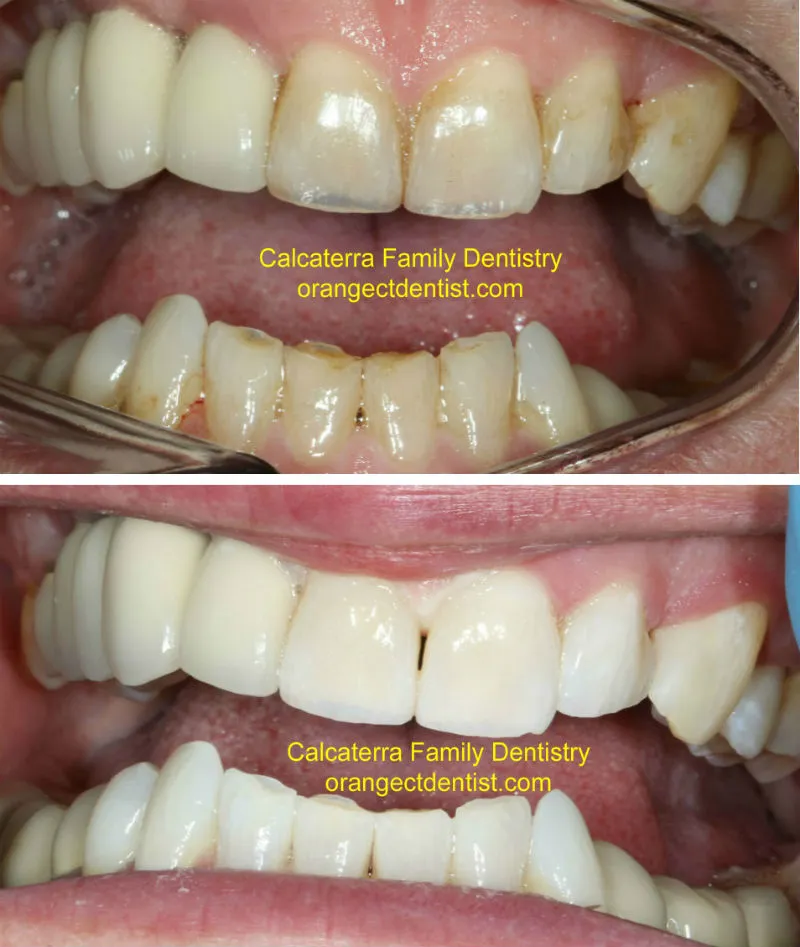
Whitening toothpastes can be a useful addition to your oral hygiene routine. These toothpastes often contain mild abrasives or chemicals that help remove surface stains. When using whitening toothpaste, choose one that is certified by a reputable dental association. Follow the product instructions and brush your teeth for the recommended amount of time. Be aware that whitening toothpastes are most effective on surface stains and may not provide significant whitening for deeper discoloration. They are a great way to maintain results after a professional treatment, too.
Exploring Whitening Strips and Trays
Whitening strips and trays are another option for at-home teeth whitening. Strips are easy to use and can be applied directly to your teeth. Trays are custom-fitted or pre-formed and are used with a bleaching gel. When using either product, carefully follow the instructions, including the application time and frequency. Be aware of potential side effects like tooth sensitivity or gum irritation. If you experience any issues, discontinue use and consult your dentist. These products are generally more effective than whitening toothpaste, but the results may vary depending on the type of staining.
Maintaining Results and Preventing Future Staining
Once you’ve achieved a brighter smile, maintaining the results and preventing future staining is essential. This involves a combination of dietary adjustments, consistent oral hygiene practices, and regular dental check-ups. Staying proactive will help you enjoy your whiter teeth for as long as possible. Remember, that consistent care will pay off over time.
Dietary Adjustments and Stain Prevention
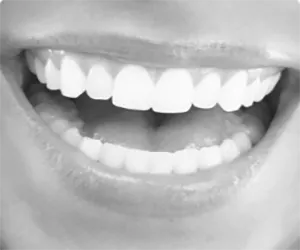
Making certain dietary adjustments can help prevent future staining. Limiting your intake of stain-causing foods and beverages, such as coffee, tea, red wine, and dark-colored berries, is highly beneficial. Rinsing your mouth with water after consuming these items can also help remove residue and reduce staining. Avoiding tobacco products is also crucial. If you smoke or use other tobacco products, consider quitting to improve your oral health and prevent staining.
Regular Dental Check-ups
Regular dental check-ups and cleanings are essential for maintaining a bright smile. Your dentist can remove plaque and tartar that contribute to staining, and they can also identify any early signs of dental problems. During your check-ups, your dentist may recommend professional whitening treatments or at-home maintenance options. These regular visits help keep your smile healthy and vibrant.
Lifestyle Changes for a Whiter Smile
In addition to dietary adjustments and dental check-ups, certain lifestyle changes can contribute to a whiter smile. Practicing good oral hygiene habits, such as brushing and flossing regularly, is essential. Consider using a straw when drinking stain-causing beverages to minimize contact with your teeth. If you smoke, consider quitting. These lifestyle changes can significantly improve the overall appearance of your teeth. Be sure that you seek the advice of a professional to make sure you get the best solution for your problem.
